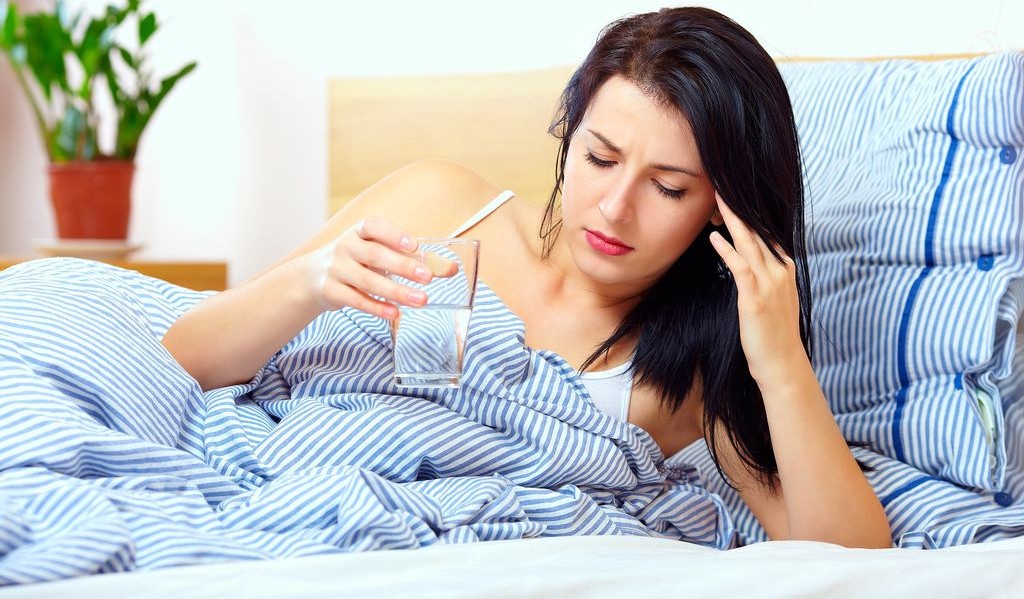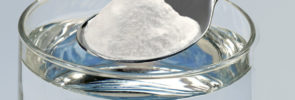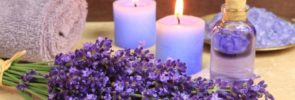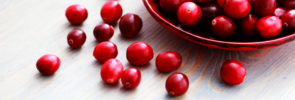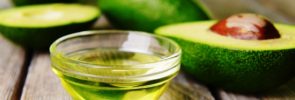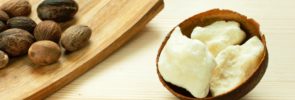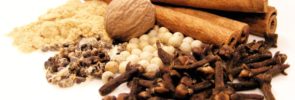Migraines are experienced by millions of people around the world, and yet it is such a misunderstood condition that many people just assume that they are similar to a normal headache. If you suffer from migraines, it may be difficult to explain to those around you why you feel completely debilitated when they strike, why you are so sensitive to sound and light and sometimes even feel nauseated. In spite of all the pain it causes you, you may also have no clue how to get rid of a migraine.
As a sufferer of migraines, you might have tried some over the counter methods to mitigate the pain, and you may have had some limited success. As you might realize, medication that you buy from the store simply treats the symptoms of a migraine, and doesn’t get down to the core of the issue to try to stop the migraines before they even start. There are a few different ways that medical science has attempted to permanently treat migraines, including electroshock therapy, but if you’re not interested in such extreme measures, you may want to give a more simple method a try: often, migraines can be significantly reduced with a few lifestyle changes.
How can diet and lifestyle affect migraines? Well, as you know, these two factors affect your health in nearly every regard, but let’s explore a few things that you can do to specifically reduce your incidence of this problem. Read some tips below on how to get rid of a migraine.
How To Get Rid Of A Migraine
Drink water: make sure you are drinking plenty of water. One symptom of dehydration is a headache and many headaches are worse if you are dehydrated. Drink minimum 8 glasses of water daily.
Avoid alcohol and coffee: coffee can be addictive and having more than 1-2 cups of coffee per day can lead to experiencing withdrawal symptoms like a headache when you are not having your “dose”.
Keep blood glucose levels steady: Fluctuations in blood sugar can trigger a headache. So avoid fasting and distribute food throughout the day. Don’t go longer than 3 hours without food. Also, avoid drinks and food rich in sugar.Include complex carbohydrates in your diet to help keep glucose levels steady like potatoes, rice, bread, oats.
Avoid food with amines: Migraine attacks have been linked to the presence of amines in foods. The amines in foods that are known to have significant effects are tyramine, phenylethylamine and histamine.
Phenylethylamine, which is found in some chocolate and cheeses.
Tyramine, which is sometimes found in nuts and fermented meats, cheeses, and soy.
Avoid foods high in histamine: Histamine is a mediator of allergic reactions and inflammatory processes and thereby can trigger headaches if consumed in excess. Histamine produces the contraction of smooth muscle, the dilation of blood vessels, and hence causes a fall in the blood pressure. Foods high in histamine are dairy, seafood, cured, preserved and fermented food.
Take DAO supplement: diamine oxidase (DAO) is the enzyme responsible for breaking down histamine that is involved in inflammatory reactions and thereby headaches.
You can buy DAO capsules like Daosin.
There are some foods which can increase DAO in your body naturally like chamomile flowers, crocuses, anise, fennel caraway, licorice, cardamom and black sesame.
Avoid processed foods with additives: Nitrates and nitrites are found in processed meats and also monosodium glutamate (MSG), that is a strong form of sodium used to enhance the flavor of some foods but can cause side effects like brain pain.
Avoid wearing accessories on the head: like hats, headphones, knotted hair, buns, ponytails, hair clips, headbands or anything else on the head can trigger a tension headache due to tugging on your hair and pressure. So better let your hair down.
Wear sunglasses if you suffer from painful light sensitivity (photophobia): fluorescent lights and natural sunlight can trigger migraines, worsen the headaches, and cause eye pain and fatigue. Use sunglasses to protect your eyes from the glare and decrease the risk of headaches.
Scalp massages: massaging the head may help alleviate head pain because it relaxes the muscles and improves blood circulation.
Practice yoga and mindfulness: When your neck, jaw or head’s muscles are tight they reduced the blood flow out of your head and this may trigger headaches. Relaxation techniques such as yoga or mindfulness can help relax muscles tension and therefore subsequent headache attacks.

